Qualche consiglio da insider su come diventare stilista, creare una Fashion Start-up e il tuo brand. Scopri come creare una Fashion Start-up di successo!
The other day on Facebook an article caught my attention. The title sounded promising, the image appealing and the topic bread for my teeth.
Se stai pensando di creare una Fashion Start-up, sei nel posto giusto! Questo articolo ti guiderà attraverso i passi fondamentali per creare una Fashion Start-up di successo e dare vita alla tua passione nel settore moda.
I immediately rushed to read it, as it seemed to be just right for me and came from an authoritative source for us in the industry, namely WGSN, one of the largest consulting groups that together with Pecler share hegemony on future fashion trends.
Nothing could be further from the truth! I started reading a few lines, got lost among the unnecessarily nice gifs and was shocked by the total absence of content and, indeed, the presence of too many clichés. When I then read the advice to enlist friends and collaborators by 'paying them in pizza', I literally had a meltdown!
So I decided to write this article, which I hope will be useful to you.
I will reveal:
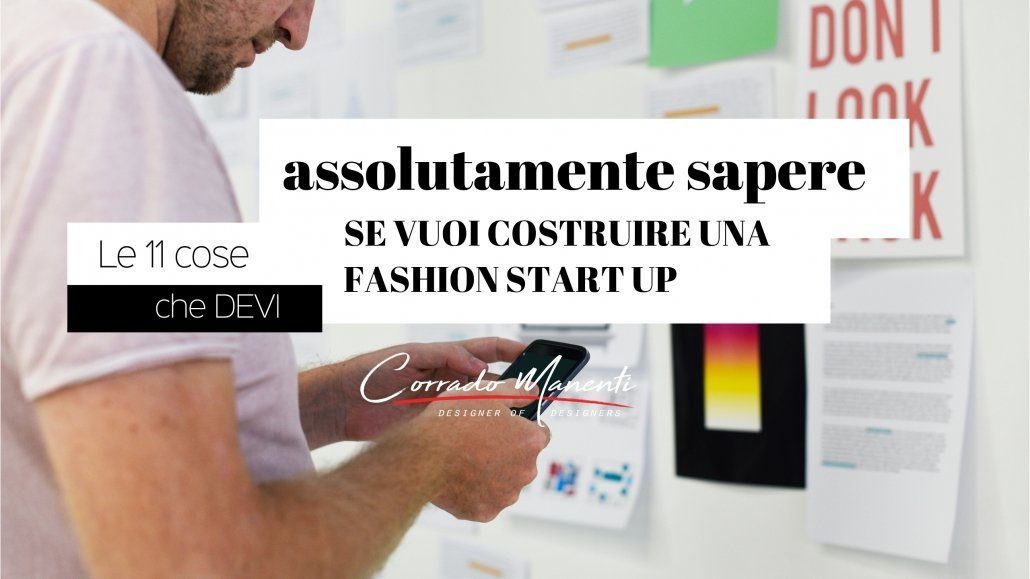
I can understand that for those who are not in the business, 'The Devil Wears Prada' is the perfect cross-section of how a fashion magazine works (even if it is not really like that), but those who want to work in the industry, and perhaps plan to build a brand of their own in the future, need applicable concepts and above all as few clichés as possible.
1) First
Questa è la prima cosa che dico agli stilisti o aspiranti tali quando mi contattano per costruire il proprio brand e confrontarsi con il mercato. Prima di iniziare a creare una Fashion Start-up devi avere ben in mente alcuni concetti fondamentali:
Creare una Fashion Start-up richiede passione, strategia e una buona dose di creatività. Segui i miei consigli per massimizzare le tue possibilità di successo nel mondo della moda.
Quando decidi di creare una Fashion Start-up, la tua prima mossa dovrebbe essere quella di analizzare il mercato e capire come puoi differenziarti nel panorama della moda. Creare una Fashion Start-up implica una ricerca attenta.
- Why do I want to do it?
- How do I want to do it?
- Is there a market for selling it? (Or someone willing to buy it who is not my relative friend)
- How much should it cost me to realise my idea? (How much money am I willing to invest before it comes back to me)
Creare una Fashion Start-up richiede determinazione e una chiara visione. È fondamentale che tu sappia esattamente perché vuoi creare una Fashion Start-up e cosa intendi raggiungere.
Ricorda, ogni Fashion Start-up ha bisogno di una forte identità di brand. È essenziale creare una Fashion Start-up che rifletta la tua visione e i tuoi valori.
As you can see, it is a complex job of strategy, positioning, marketing, fabric development and cost analysis. So much study and planning and so little creativity. But the more you can answer these questions in detail, the easier the process of creating and realising your idea will be. In the following points I will give you hints for finding the answers.

2) Create something unique
Knowing how to propose something unique is a key point for proposing one's own idea and being successful in the market. Uniqueness is an attribute that should distinguish you in everything you do. Not only in the product, but in the whole process that takes you from idea to creation. You should always ask yourself: if your dress/accessory was displayed in a very large multi-brand shop, would you be able to recognise it at a glance compared to others in the same category?
3) Stay Focused
Ricorda, ogni passo che fai per creare una Fashion Start-up ti avvicina al tuo obiettivo. Non sottovalutare l’importanza di un buon piano e di rispondere a queste domande fondamentali per la tua Fashion Start-up.
This is usually the most difficult point for novice designers and others.
Focus is the key to success for your fashion start-up. You have to start convincing yourself that you can't do everything for everyone, not so much for reasons of cost and sustainability (I would give the same advice to those who don't have any investment and liquidity problems), but as a matter of marketing and absolutely as a matter of perception. If you have read any of my previous articles or studied a bit of marketing, the concept will not sound new to you. I will still try to summarise the basic points for you.
- The market is saturated with generalists.
- People's minds think in 'categories', so if you do more things or your product is spread out over too many categories, it is harder to remember.
- While it used to be possible to communicate many messages for a single brand, this is no longer possible.
'The battle for the market is fought in the mind of our potential customer'
Al. Ries -Positioning the battle for your mind
To enter and above all stay in our customer's mind, focus is everything! Although the practice in fashion is to think in terms of a total look, to be as focused as possible you should try to follow this principle:
Ogni passo che fai per creare una Fashion Start-up deve essere strategico e mirato, perché la concorrenza nel settore della moda è agguerrita.

EVERY BRAND YOU CREATE SHOULD FOCUS ON A SINGLE TYPE OF PRODUCT TO BEST POSITION ITSELF IN THE CUSTOMER'S MIND
I admit that sometimes it can be difficult and not everyone feels like doing a brand of, for example, only jackets, only sweatshirts, only swimming costumes and so on. That would absolutely be the choice I would recommend but if you can't do that you can follow the second principle:
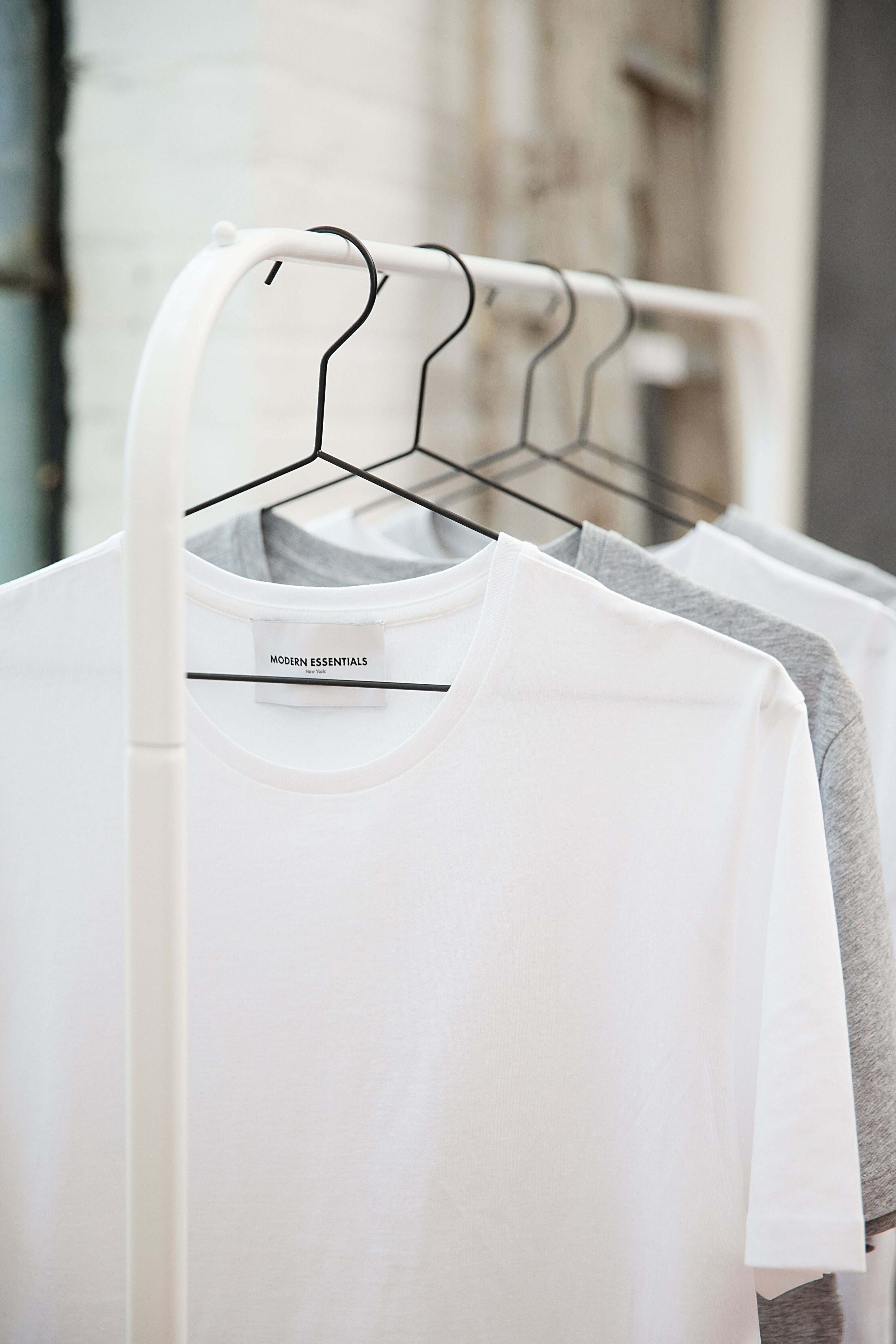
IF YOU CANNOT APPLY THE PRINCIPLE FOR EACH BRAND A PRODUCT TYPE, YOU HAVE TO MAKE SURE THAT ONLY ONE PRODUCT LINE CORRESPONDS TO EACH BRAND.
You can diversify products according to different customer types and price ranges, but you cannot make men's, women's, children's, accessories, furniture collections under the same brand.
This is common practice in big fashion companies but line extensions are not sustainable in the long run for them or for you. The more you do the more the customer will struggle to understand what you are unique in and why they should buy from you then:
"Don't over design, keep it clean and simple".

4) YOU KNOW YOUR 'CHICKENS'
( YOUR CUSTOMERS)
You cannot create something and simply hope that, as if by magic, it will 'sell itself'. Regardless of which channel you decide to rely on, whether traditional through retailers and shops or online, you need to know your potential customers.
Depending on the age group, you will be able to identify buying habits and spending values. Then you will be able to better organise both the sales channels, pricing strategies and the best type of communication to reach them.
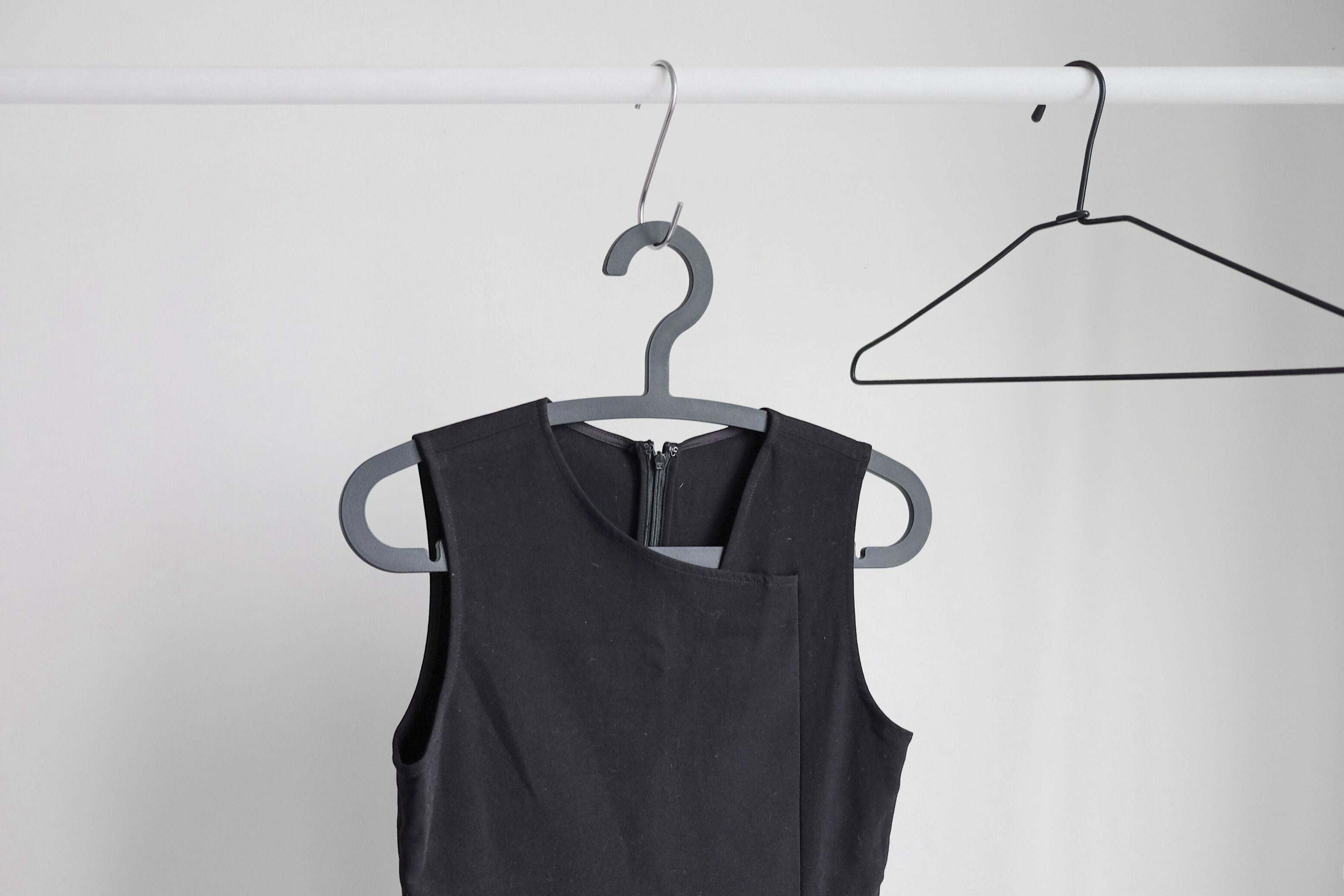
5) DEVELOP YOUR PRODUCTS ON THREE LEVELS
Per avere successo nella tua Fashion Start-up, assicurati di conoscere bene il tuo mercato e il tuo pubblico. Creare una Fashion Start-up implica una ricerca dettagliata.
It is not enough to have a single product line (NO We are not talking about extending the line in the classical sense)
We are talking about dividing the products in the same line according to the impact they can have on the market.
You should therefore from the outset think about how to divide your brand's products into three macro-categories:
- ASPIRATIONAL: which can be trivially translated as a 'I'd like to but I can't' garment, usually the showcase garment that catches our eye but which we most often do not buy on an emotional basis. It should represent the quintessence of our brand but realistically we will sell very few of them. They usually lend themselves well as gifts to influencers.
- MASSIVE IMPACT: This is where most of our profits and production will take place.
- LOW BUDGET: E’ importante tenere conto di tutti coloro che seguono il nostro brand ma che magari per ragioni di prezzo (e di una sostanziale diffidenza verso il nostro brand che ancora non conoscono) non sono ancora a comprare un prodotto di fascia più costosa. Visto che come vedrai al punto 10 lo sconto non è MAI una strategia perseguibile è meglio studiare una tipologia di prodotto entry level.

6) TAKE ART
..AND PUT IT ASIDE
If you have decided to set up a fashion startup one of the first things you need to do is to abandon the artist mentality unfortunately most designers especially those approaching the market prefer to think of themselves as artists/rather than salespeople but the reality is just the opposite.
"In the modern world of business it is useless to be a creative, original thinker unless you can also sell what you create".
DAVID OGILVY
As one of the fathers of modern advertising says in the quote, there is no point in being original and creative at all costs if there is no one willing to buy what you create.
The world of French Haute Couture has long since faded away and despite the fact that fashion academies try to pass it off as a Fashion Startup, it is not a sustainable business model (in fact, it is estimated that worldwide there are only 6000 potential customers for Haute Couture maisons a year, and the figure seems to be steadily declining)
The recognition of being innovators and of the goodness of 'our' creations comes from others, from our customers, from those who appreciate our philosophy of life and creation and buy and wear one of our garments precisely to 'feel part' of it.
This is only possible if we have been able to confront our idea with people, in the real world, we have been able to satisfy a need, for exclusivity, belonging and so on.
7) TO EACH HIS OWN
This is only possible if we have been able to confront our idea with people, in the real world, we have been able to satisfy a need, for exclusivity, belonging and so on.
- Fashion Designer
- Graphic Designer
- A Modeller
- Social Media Manager
- Marketing Strategist
- Sales Management
- Web Master
Infine, non dimenticare l’importanza del feedback. Le opinioni dei clienti possono aiutarti a migliorare e far crescere la tua Fashion Start-up.
In our team we each have our own specific skills that allow us to have a complete vision and to create a fashion line from an idea until it reaches the shop. I, for example, deal exclusively with Brand Design, which is the discipline that starts from an idea to the development of a fashion brand that makes sense in terms of marketing and positioning.
My colleague Riccardo Rovi is a Fashion Designer and takes care of the Garment Design part, i.e. transforming and building the Concept of the point above into something real. And finally there is Silvia Cannas Simontacchi who is our Editor in Chief and takes care of finding a coherent narrative that tells the Brand and makes explicit its symbolic meanings and above all has an interesting story to tell.
There are countless professionals working with us depending on the type of project, you need to start building a network of knowledge that will allow you to rely on those skills that you lack, or if you have an idea and want to develop a brand and don't know where to start you can contact us we can help you develop it.

8) THINK IN SERIES
It is important that you start thinking in series. Start with one article and think how you could carry the concept forward into the next collection, what is most rewarding in the mind of the potential customer is stylistic consistency. This can be broken down into two macro areas:
- STYLISTIC CODE: The conceptual red thread that holds all the garments of a distinct collection together. We could speak for simplicity's sake of 'Stylistic Coherence' which over time collection after collection contributes to creating your Brand Legacy (or Heritage).
- VISUAL HAMMER: The so-called 'Visual Hammer' is a concept introduced by branding expert Laura Ries. It is the visual detail that immediately identifies our brand in our customer's mind and differentiates it from all others. I will put a few pictures below without writing the name of the brand, you will see that it will be easy for you to identify it.

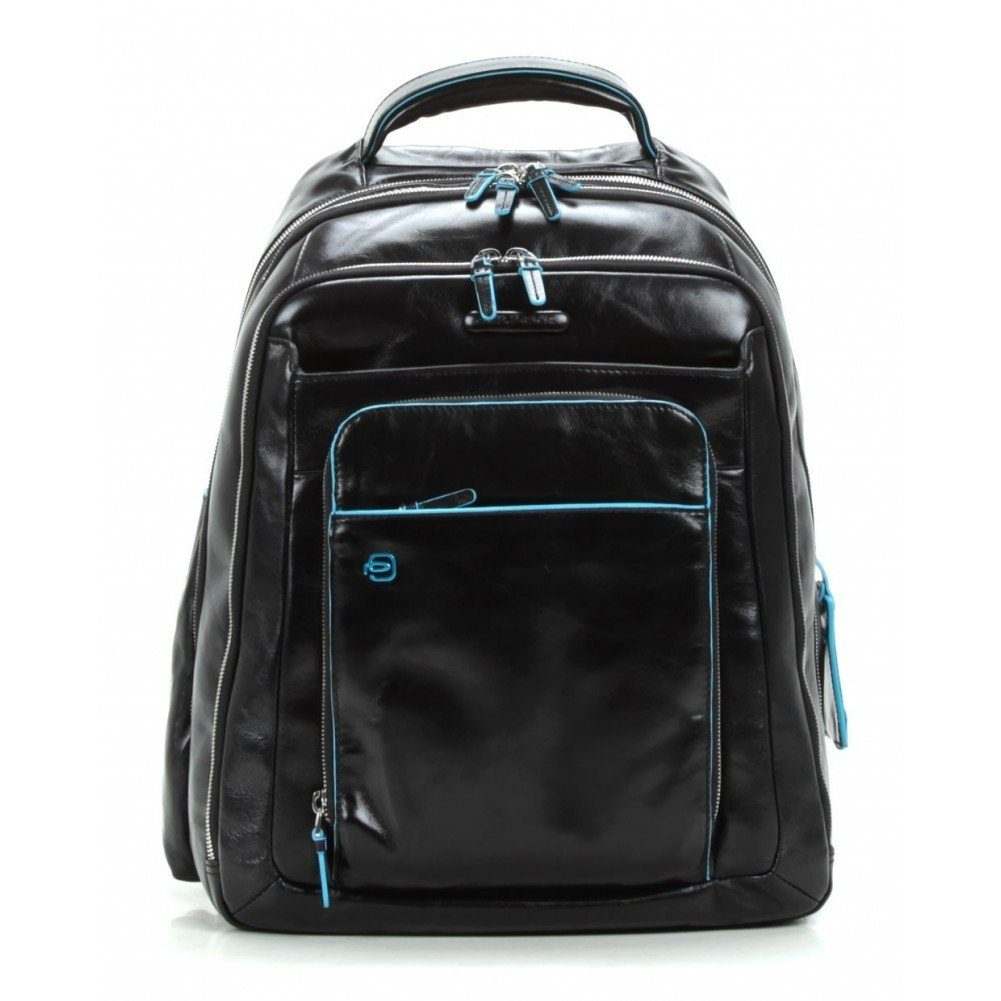
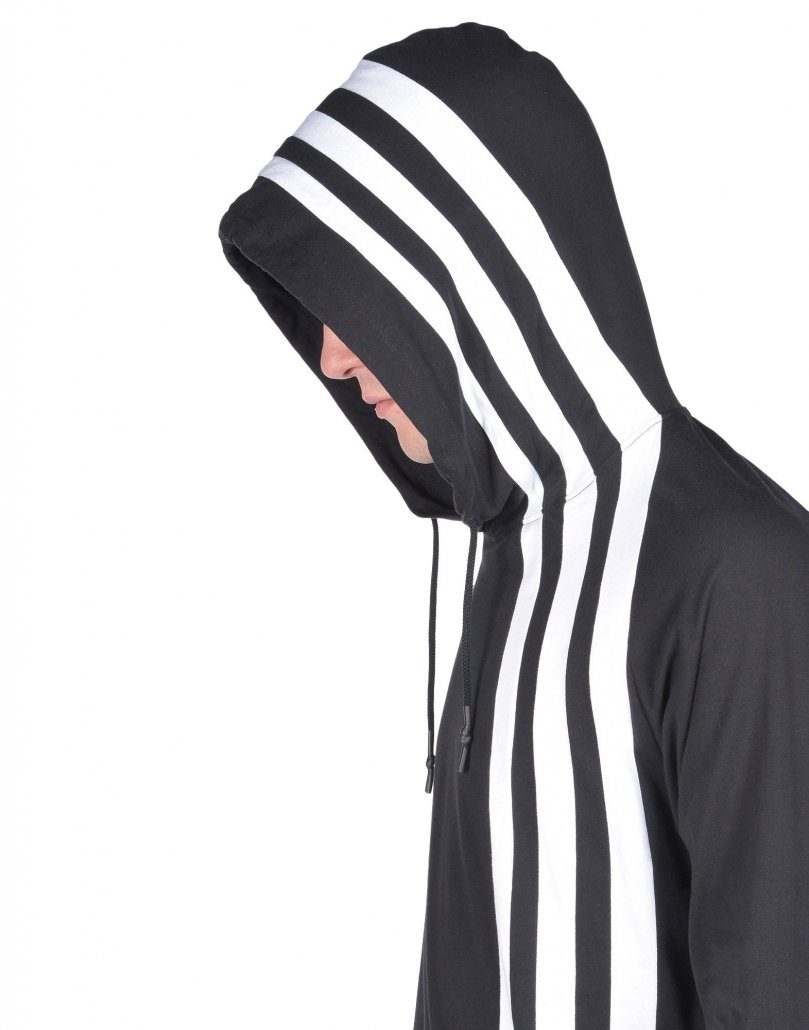

In case you couldn't identify them all from left to right: Tiffany's iconic packaging with its characteristic colour, the blue outline of Piquadro accessories, Adidas' three stripes, Desigual's psychedelic patterns.

9) EXPERIENCE LUXURY
Have you ever walked into a luxury brand boutique? Or simply into a Nespresso boutique to stock up on (original) pods for your coffee machine?
Gli stilisti che vogliono creare una Fashion Start-up devono abbandonare la mentalità da artista e adottare un approccio più imprenditoriale. La tua Fashion Start-up deve essere sostenibile e commerciale.
They may seem like two very different contexts but in many ways they are similar.
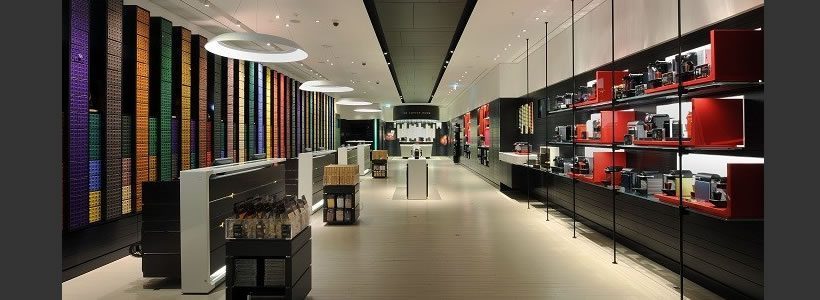
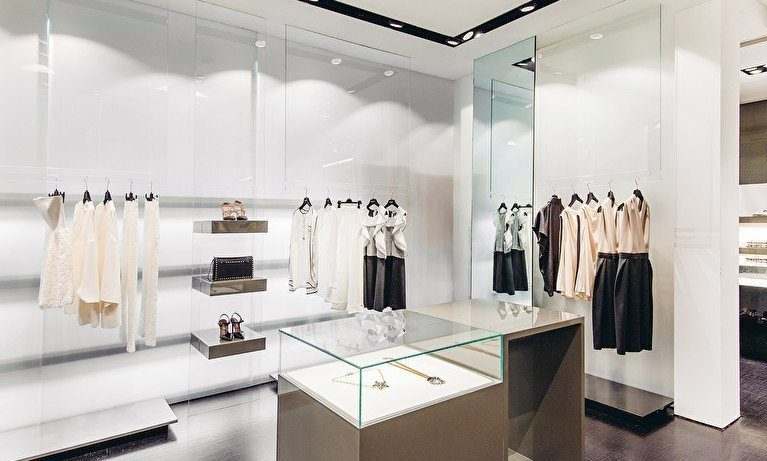
They are both environments designed down to the last detail to give you a privileged shopping experience. Obviously you won't have (any time soon) your own boutique in Via Monte Napoleone in Milan perhaps you don't even have a 'physical' shop in the real world and to be honest, you might not even need one.
Quando inizi a creare una Fashion Start-up, è essenziale avere un’idea chiara di cosa vuoi offrire. Qual è la tua visione per la tua Fashion Start-up?
If you can get your customers to experience luxury, you will create a very strong bond with them that will lead them to tell everyone about you and your brand. You don't necessarily need a 'physical environment'
"The best advertising you can have is a Loyal customer spreading the world about how incredible your business is".
SHEP HYKEN
The interesting thing is that no matter what product you have created or what price range or market you are selling it at, with a few adjustments it always works! I will list a few tips below but there would be far too many:
- Make the purchase/receipt/ the 'unpacking' a rewarding experience
- Personalise where you can with the customer's name, give the customer a bespoken (tailor-made) feel
- Don't leave out the details, the more the better
- Contrary to the common saying 'you can judge a book by its cover', the more beautiful your packaging is, the more what's inside will be perceived as valuable
- Create a sense of belonging to your brand, communicate and stay in touch with your customers.
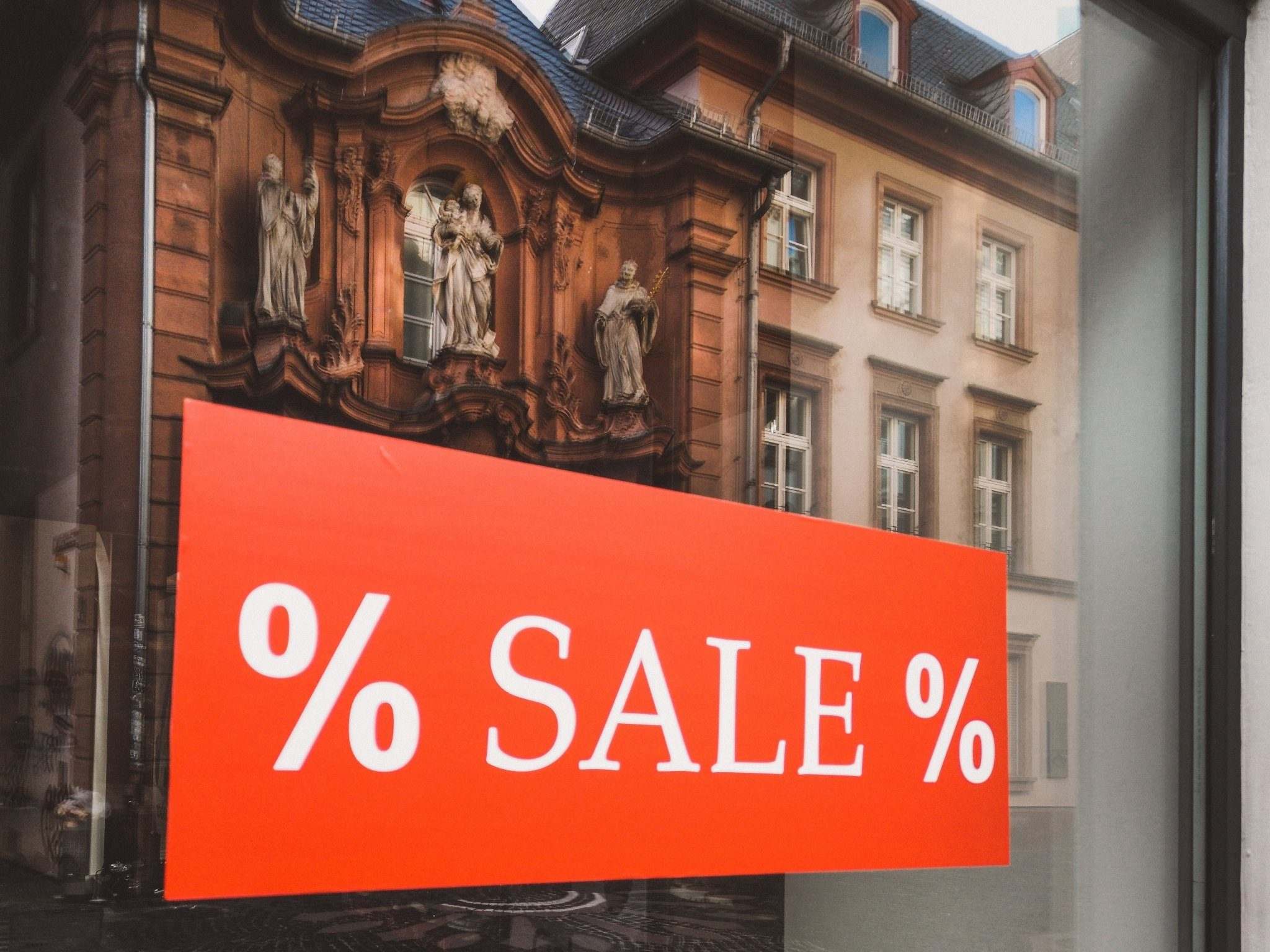
10) DO NOT GIVE DISCOUNTS
Quando avvii una Fashion Start-up, la tua storia è cruciale. Rendi unica la tua narrazione per attrarre clienti alla tua Fashion Start-up.
Many times it is thought that price is the deciding factor in favour of a purchase rather than leaving the desired garment in the shop. In reality, price is only a marginal aspect.
"People will be willing to pay you as much as they perceive the value in your proposition that represents not just the object itself but the story of its creation that you were able to tell. "
Corrado Manenti
Therefore, do not confuse price with value.
To give you an example: all the brand clothes we are used to buying in shops in Italy have a price coefficient of 2/3 what does that mean? Let me explain: when a shop buys something to resell to the end customer, it multiplies the value by about 2/3 times.
Ogni volta che prendi una decisione per la tua Fashion Start-up, considera come questa influenzerà la tua visione complessiva. Ogni dettaglio conta nella tua Fashion Start-up.
What does it mean?
Non avere paura di innovare. La tua Fashion Start-up deve essere in grado di adattarsi e rispondere alle tendenze del mercato.
A shop buys a pair of trousers for $18/$20 (the production price of a normal Levis/Replay Jeans) and multiplies it by two or three times depending on the line and market segment. You will see displayed for that pair of trousers an average price of 65/75 euros.
If you are the one who has to choose the price of what you sell, the advice is to keep the price high. (not absolutely, but higher than your direct competitors) and NEVER discount. Having a price with a good margin will allow you both to sell through traditional sales channels to shops and distributors. But it will also allow you to try other channels such as online and direct sales....

11) TREASURE CRITICISM AND COLLECT FEEDBACK
Learn from mistakes and always try to improve in what you do and how you do it. Collect criticism and all insights from employees, professionals, customers and use them as a basis for reflection on your next actions/strategies.
Don't fall in love with your products no matter how intimately they are linked to you in a 'work of art/artist' relationship, things won't always turn out the way you thought they would and you will have to compromise and always be ready to put yourself back out there.
Ogni Fashion Start-up ha bisogno di un team forte. Scegli i collaboratori giusti per aiutarti a costruire la tua Fashion Start-up.
Stay humble, don't play 'Rockstar', it takes time to become authoritative and recognised, and stereotyping controversial characters from the fashion world will only make you look ridiculous, and even worse lose focus on the really important things.
It's a long, uphill road and beyond the countless frustrations and disappointments of the case being part of a fashion startup will always be fun and challenging, never stop learning and you'll see that the results will eventually come!
To help you in this 'almost titanic' task, I have created a visual tool that will be of great help: The Fashion Business Designer
If you haven't already done so, watch the first introductory videos by clicking here
Quando crei una Fashion Start-up, considera come ogni decisione influisce sulla tua visione complessiva. Ogni dettaglio conta nella tua Fashion Start-up.
Non dimenticare che il branding è fondamentale per la tua Fashion Start-up. Come vuoi che il tuo pubblico percepisca il tuo marchio di moda?
Creare una Fashion Start-up è un viaggio, e ogni passo conta. Sii paziente e perseverante mentre costruisci la tua Fashion Start-up.
Infine, ricorda che ogni grande Fashion Start-up ha iniziato con un sogno. Sii ambizioso e lavora per realizzare il tuo sogno di creare una Fashion Start-up.
Assicurati di comunicare chiaramente il tuo messaggio quando lavori per creare una Fashion Start-up. Una chiara comunicazione attirerà i clienti giusti.
La tua Fashion Start-up deve offrire un’esperienza unica ai tuoi clienti, poiché questo è ciò che li farà tornare e parlare di te.
Se vuoi che la tua Fashion Start-up abbia successo, devi essere pronto a innovare e adattarti alle nuove tendenze.
Creare una Fashion Start-up è un viaggio che richiede pazienza e perseveranza. Non scoraggiarti e continua a lavorare per i tuoi sogni.
Ogni grande Fashion Start-up ha iniziato con un sogno. Sii ambizioso e lavora per realizzare il tuo sogno di creare una Fashion Start-up di successo.


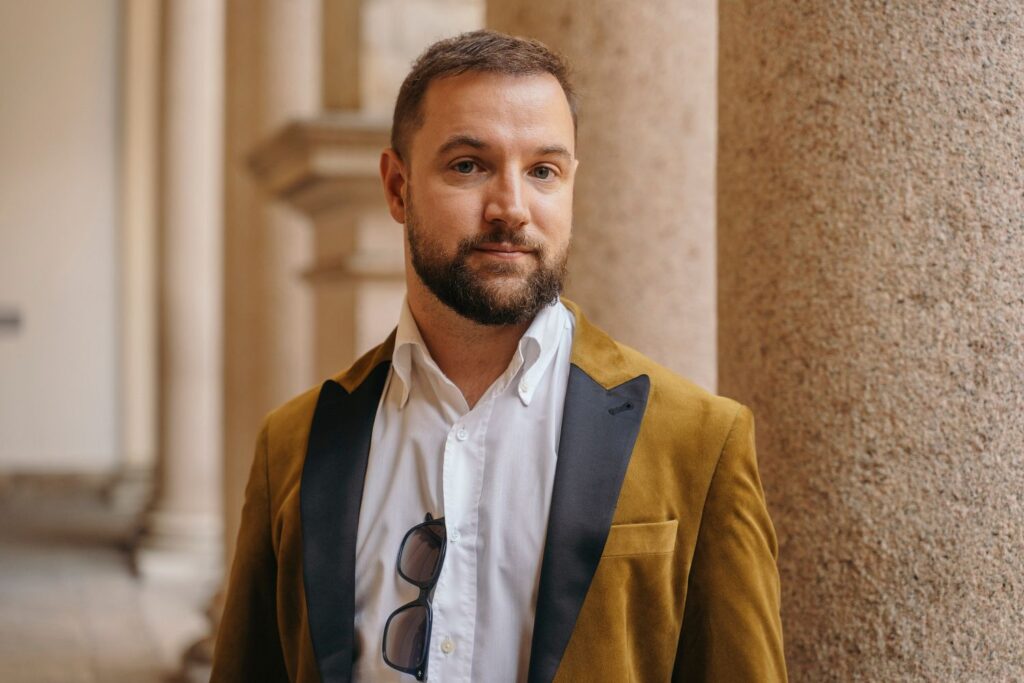
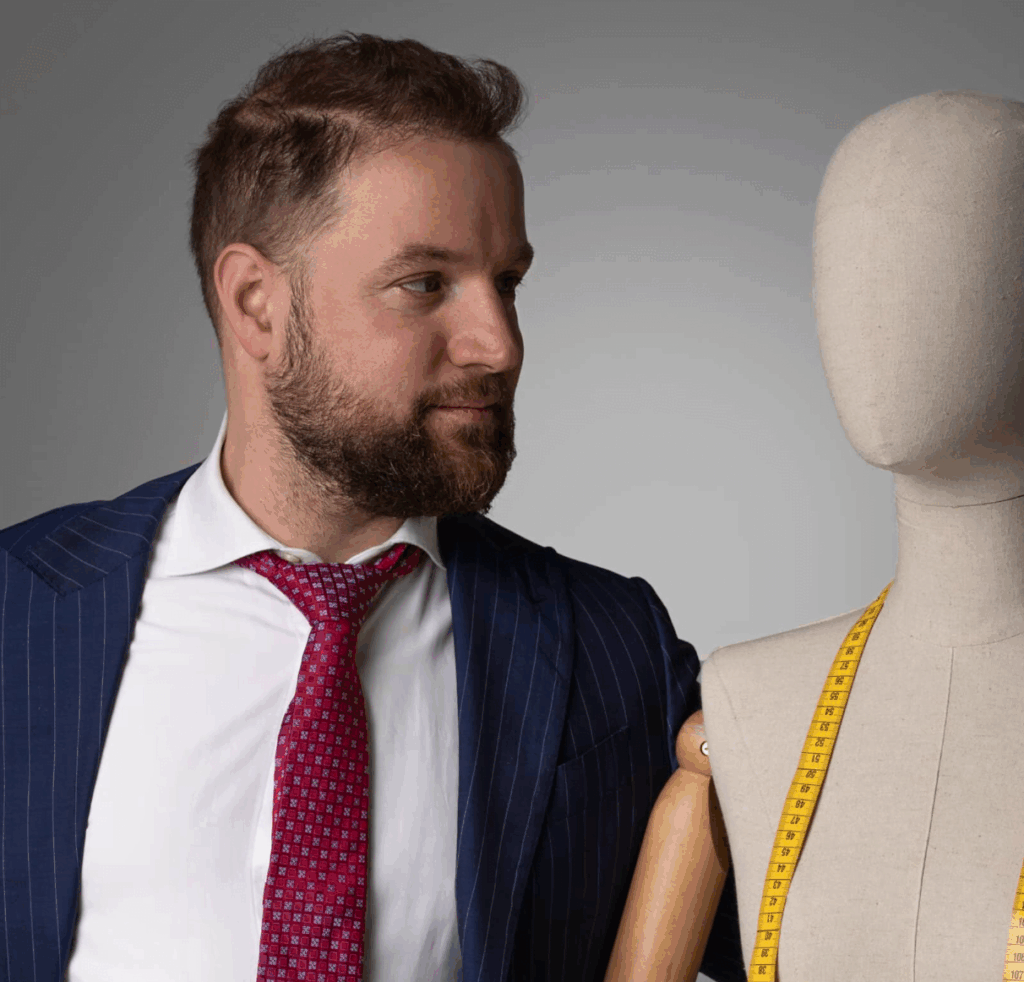
2 thoughts on “Le 11 cose che devi assolutamente sapere se vuoi creare una fashion start up”
HELLO, I would like us to get in touch to see if you could help me structure my project to create a women's line/brand. I've been working on it for some time, I've also done some tests/attempts and I've learnt something from the experiences I've had... I'd like to discuss with you to explain how my project has evolved and where I am now to see if and how we could collaborate, my goal is to finally succeed in creating a success story after having kept the dream in my drawer for a whole life, today I'm 43 years old... it's now or never.
Hi Elisa thanks for contacting me! I sent you an email to your address to give you more information about it!